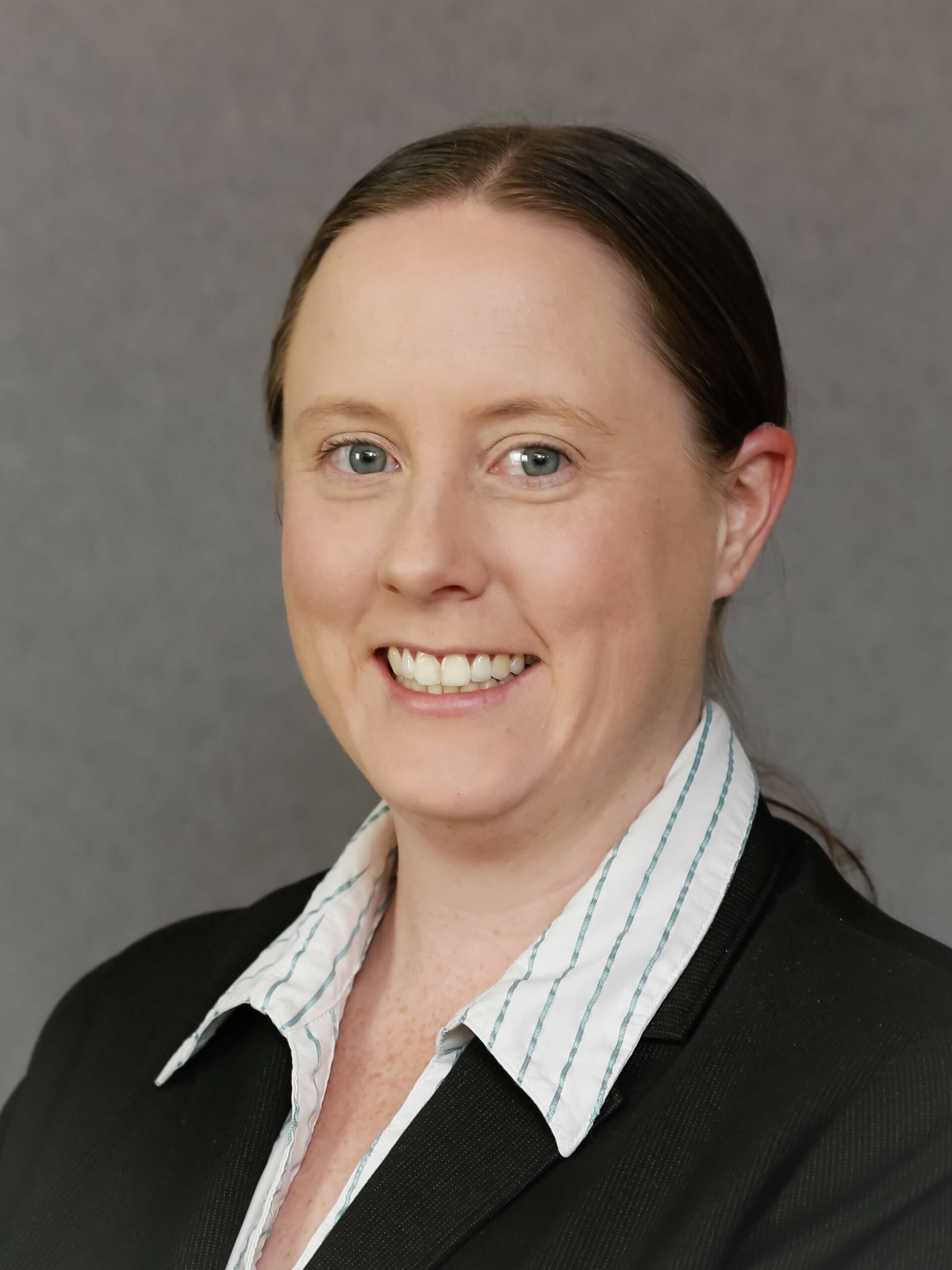From applying cautionary advisory labels (CALs) to using the medicine’s new name, Australian Pharmacist looks at the protocols for dispensing levothyroxine safely and appropriately.
We usually ask patients to take their levothyroxine on an empty stomach, as the Product Information suggests the medicine works best when taken this way – preferably 30–60 minutes before breakfast in the morning. However is this always practical? And is it necessary?
CAL 4a is used when dispensing levothyroxine, advising patients not to ‘take dairy products, antacids or mineral supplements within 2 hours of each dose of this medicine’. But what about milk in cereal? Or the patient’s morning latte?
AP has looked into recent updates to the CAL recommendations for levothyroxine in the Australian Pharmaceutical Formulary and Handbook (APF), and some practical applications to assist in your counselling. Read on to find out more.
1. What changed with CAL 4a for levothyroxine and why?
The PSA has received a number of questions over the years about the use of CAL 4a for levothyroxine, said Claire Antrobus MPS, PSA Manager – Practice Support.

But one query in particular prompted the most recent update to the label when applied to this medicine – does dairy intake really impact the effects of levothyroxine?
After PSA undertook research and spoke to the manufacturer of the medicine, it appeared unlikely that the calcium carbonate in dairy products would cause a clinically significant interaction.
‘When we released APF25 in 2021, the CAL review group updated the advice to recommend that pharmacists delete the words “dairy products” from CAL 4a when they use it for levothyroxine,’ said Ms Antrobus.
A key driver in the decision to update the label was to ensure patients receive adequate nutrition.
‘We got a query from a women’s hospital where pregnant, breastfeeding and postmenopausal women were advised to take levothyroxine on an empty stomach, 2 hours away from dairy products,’ she said.
‘But if they [normally] have milk in their coffee or on their cereal, there’s a risk they might not get enough calcium because they’re trying to avoid interactions with levothyroxine.’
While taking dairy with levothyroxine should not be clinically significant, patients should still allow 2 hours between each dose and use of antacids or mineral supplements.
2. Consistency is key
Consistency, including taking the medicine at the same time each day is a vital counselling point with levothyroxine.
‘People taking levothyroxine get regular [TSH and T4] blood tests to check if their dose is appropriate. The dose is individualised based on clinical response and blood tests,’ said Ms Antrobus.
‘It doesn’t really matter whether they take [the medicine] every morning on an empty stomach or with their breakfast – as long as it’s consistent.’
For example, if a patient always has cereal with milk for breakfast, and they take levothyroxine at the same time in relation to their morning meal – their thyroxine levels should remain stable.
A significant change in routine, however, could have an altering effect.
‘If [a patient] suddenly starts having a significant amount of milk with their breakfast, it’s possible their blood levels of thyroxine will change, and that might mean their dose needs to change,’ she said.
‘[But] if you have milk with your breakfast one day [and you don’t usually], that’s unlikely to be clinically significant.’
3. What other CALs apply to levothyroxine and when should they be used?
Aside from CAL 4a, there are two other CALs that can be applied when dispensing levothyroxine: CAL 6* (refrigerate, do not freeze) and CAL C (take at least half an hour before food).
With most CALs, it’s up to the pharmacist’s professional judgement to determine whether it is appropriate for their patient.
‘[For example] there are different brands of levothyroxine – some need to be kept in the fridge and some don’t,’ said Ms Antrobus.
Importantly, pharmacists should ask patients when and how they prefer to take this long-term medicine to inform counselling advice and the use of CALs.
‘If a patient always takes levothyroxine with their breakfast, and their dose was adjusted [accordingly] – you wouldn’t put on the label to take it on an empty stomach,’ said Ms Antrobus.
Pharmacists should also enquire if patients are taking any other medicines or supplements, so they can tailor the advice contained on CAL 4a appropriately.
‘If they’re taking any mineral supplements such as iron or magnesium, they need to separate those from the levothyroxine dose by 2 hours,’ she said.
4. What’s in a (medicine) name?
When it comes to medicines, using the correct name is crucial – particularly when there have been changes.
‘When thyroxine changed to levothyroxine in 2016, there was a gradual introductory period for the new name,’ said Ms Antrobus.
There are several reasons why pharmacists should represent the language patients see on medicines such as levothyroxine, including boosting health literacy by helping them learn the name of their treatment’s active ingredients.
‘Reinforcing to patients that thyroxine was its old name and levothyroxine is the new name will also help to prevent double ups,’ she said.
‘[For example], if a patient had an old packet of thyroxine at home as well as levothyroxine, they could accidentally take both.’
How do CAL labels get updated?
Ever wondered what happens to those queries you submit about medicine or cautionary advisory labels on the APF website? As the update to CAL 4a for levothyroxine demonstrates, it very well could spur on a practice change.
The PSA’s practice support team provides secretariat support to the APF Editorial Board, the Formulary Review Group and the CAL Review Group – which includes fielding and collating questions from members.
‘We respond to queries, look into research and ask the experts. According to what we find, we provide the [CAL review group] with insights and suggested actions,’ said Ms Antrobus.
‘This includes monthly briefing papers on recommendations for new CALs, CALs for new medicines and recommendations for changes to CALs for existing medicines.’
Once the CAL review group submits its recommendations, PSA checks them for consistency.
‘If there are any different opinions between the group, we send it off to the Chair of the APF Editorial Board, Emeritus Professor Lloyd Sansom, who makes the final decision on any difference of opinion,’ said Ms Antrobus. ‘As soon as he approves the final CALs, they are published in APF digital.’
Are you up to date with the latest CAL developments? APF digital is updated every month with changes to CAL recommendations. Order APF digital here.



 Now a PhD candidate, former Sudanese refugee and NSW Pharmacist of the Year
Now a PhD candidate, former Sudanese refugee and NSW Pharmacist of the Year  David North OAM
David North OAM NSW Early Career Pharmacist of the Year Lily Pham
NSW Early Career Pharmacist of the Year Lily Pham



 Professor Stephen Nicholls[/caption]
Professor Stephen Nicholls[/caption]











